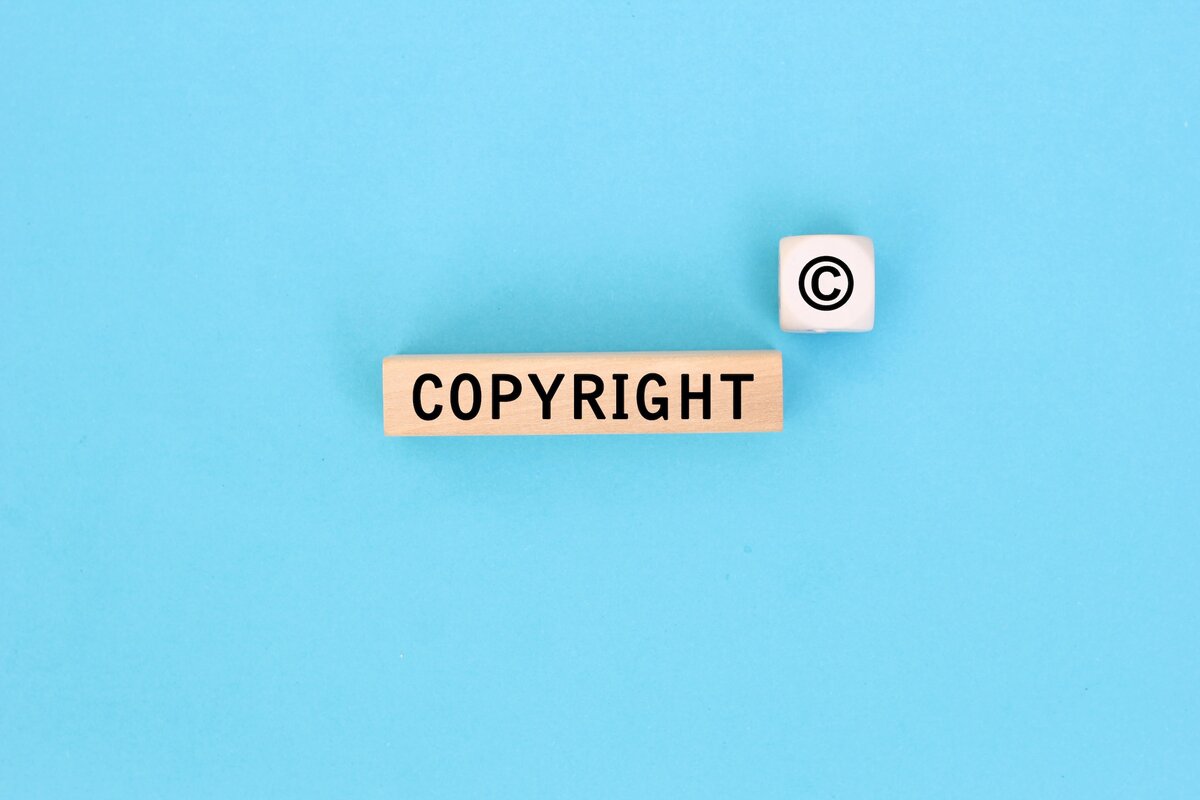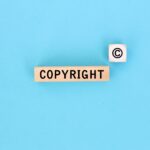Effects on use of a trademark as OEM in China
20 Sep 2019
With the rapid opening policy development of China, which has attracted more and more international brand owners to manufacture their products in China, called Original Equipment Manufacturer (“OEM”), the opinions on whether use of a trademark as OEM constitutes trademark infringement or whether it is sufficient to defend a non-use cancellation have been gradually developed, i.e. from infringing to not infringing in infringement proceedings, and from being valid to being invalid in non-use cancellation proceedings.
Use of a Trademark as OEM in Infringement Proceedings
It has been arguable that whether using a trademark as OEM and the OEM manufactured goods bearing the trademark without selling/circulation in the marketplace in China would constitute trademark infringement in China. Further, there is no specific law and rules regarding to this issue.
However, we can find some practical guidance by taking reference to some precedents, in particular the landmark PRETUL case (the Supreme People’s Court – No. 2014 – 38). The Supreme People’s Court (“SPC”) re-tried the case, and ruled that use of the PRETUL trademark as OEM does not constitute trademark infringement, on the grounds that the act of physically affixing the trademark to the manufactured goods is not deemed as the valid use of a trademark because such act does not function as an identifier distinguishing the source of goods in accordance with the PRC Trademark Law.
“Article 48 For the purpose of this Law, the use of trademarks shall refer to the use of trademarks on goods, the packaging or containers of goods and the transaction documents of goods, as well as the use of trademarks for advertising, exhibition and other commercial activities for the purpose of identifying the sources of goods.”
In addition, in the PRIME GUARD case (Ningbo Intermediate People’s Court – No. 2017- 02 – 4182), Ningbo Intermediate People’s Court also ruled that use of the trademark as OEM does not constitute trademark infringement, in which the main reasoning follows the landmark PRETUL case as above-mentioned.
Moreover, in one of our client’s cases, our client’s OEM manufacturer was sued for trademark infringement by a local company who registered a trademark similar to our client’s trademark in respect of same/similar goods in China, we have submitted the following evidence including but not limited to Ningbo Beilun District Court in the first instance in support of our case:
- Registration Certificate of the trademark (“Local Reg.”) on the detained goods in the country where the Exported Goods were shipped to;
- OEM/Commissioned Manufacturing Contract entered between the manufacturer and the trademark owner of the Local Reg.; and
- Other evidence shows the Local Reg. has the legitimated trademark rights of the client’s trademark on the Manufactured/Exported Goods, and the Exported Goods are solely sold directly to the owner of Local Reg, but not in China etc.
We received a Judgment that is in favor of our client’s OEM from Ningbo Beilun District Court, ruling that their manufacturer use of the client’s trademark is an OEM act, and such act does not constitute infringement to the Plaintiff’s trademark rights.
The plaintiff further appealed before Ningbo Intermediate People’s Court. In the second instance, apart from the evidence 1-3 above, we supplemented evidence to enhance that the manufacturer use of the client’s mark is an OEM act and the client, who registered the Local Reg., has the trademark rights on the Exported Goods. Besides, we cited the two precedents i.e. the PRETUL case and the PRIME GUARD case in support our client’s OEM’s case.
We have just received the Appeal Decision that is in favor of our client’s OEM, in which Ningbo Intermediate People’s Court ruled that the plaintiff’s appeal is without merits and the facts affirmed in the first instance are certain and the laws applied are correct. Hence, Ninbo Intermediate People’s Court ruled that:
- the Plaintiff’s Appeal be dismissed;
- the Decision made in the first instance be maintained.
Comment
In brief, to assess the infringement, the Courts primarily take into consideration the following facts:
- Whether the manufacturer has ever been legally authorized to manufacture the products;
- Whether the manufacturer has fulfilled duty of reasonable care;
- Whether the use of the mark by the manufacturer confuses the customers as to the trade origin of the products;
- Whether the manufacturer has intention of infringing the Plaintiff’s trademark rights.
Based on the current practice and the precedents, including but not limited the aforesaid cased, it is very likely that the Chinese court will rule that use of trademarks as OEM does not constitute trademark infringement if the manufactured goods are solely exported to the country of origin of the Local Reg. and the goods are not sold/circulated in China market.
OEM Use to defend Non-use Cancellation Proceedings
The issue that whether the use of a registered trademark as OEM is adequate to defend a non-use cancellation is disputed in China. Further, there is no relevant law set down to solve this issue.
In practice, some earlier precedents show that a registered trademark used on manufactured goods could be considered as valid use, so that it could defend a non-use cancellation. Whereas, some recent precedents shows such use was deemed as invalid, resulting from which the registration of the trademark will be canceled and removed from the register.
Use of a registered trademark as OEM is valid
In the SCALEXTRIC appeal case (Beijing High People’s Court – No. 2010 – 265), Beijing First Intermediate People’s Court ruled that the TRAB’s decision (No. 4077) be maintained and the registration of SCALEXTRIC be removed from the register on the grounds that the manufacturer use of the trademark as OEM does not comply with the use requirement of trademarks under the PRC Trademark Law. However, in the second instance, Beijing High People’s Court overturned the Decision made in the first instance by taking into full consideration of the user evidence of the OEM submitted and ruled that:
- Beijing First Intermediate Court’s Decision (No. 2009 – 01840) be withdrawn;
- The TRAB’s decision (No. 4077) be withdrawn;
- The Trademark Office re-visit the non-use cancellation on registration of SCALEXTRIC (Reg. No.731233); and
- The TRAB bears the entire official fees charged for both the first instance and the second instance.
In this case, Beijing High People’s Court ruled that the manufacturer use of the trademark as OEM is valid, and thus maintained the registration on the register
One interesting point to note is that the Beijing High People’s Court also ruled that: if use of a trademark as OEM is regarded invalid, this will be as the grounds for third parties to challenge the trademark via non-use cancellation. If so, this may result in the legitimate trademark being cancelled and removed from the register, which may prejudice to the registrant/right brand holder’s rights.
Use of a registered trademark as OEM is invalid
Nevertheless, on the contrary, in a latest case, i.e. the MANGO case (Beijing High People’s Court – No. 2016 – 5003), Beijing High People’s Court re-affirmed that use of the trademark “MANGO” as OEM is invalid under the PRC Trademarks on the grounds as follows:
- Use of the trademark “MANGO” as OEM does not function as an identifier distinguishing the source of goods in the marketplace;
- All the evidence submitted in both first instance and second instance is not adequate to prove the manufacturer use of the trademark, which complies with the requirement of the actual commercial use of a trademark in market circulation; and
- Beijing First Middle Court’s Decision (No. 2015 -1249) cancelling/removing registration of the trademark “MANGO” from the register is not without merits.
Hence, Beijing High Court ruled to maintain the Decision (No. 2015 -1249) cancelling/removing registration of the trademark “MANGO” from the register.
Comment
It has been arguable that only manufacturing is sufficient to defend a non-use cancellation. However, according the MANGO case as above-mentioned, to effectively defend a non-use cancellation, we opine sales of the goods bearing the registered trademark in China market is advisable. Otherwise, only use of a trademark as OEM is unlikely to be prevailed in non-use cancellation proceedings, if the registration is challenged by a third party. Therefore, if there is no sales evidence in China, the registrant may consider re-registering the mark in every 3-year interval.
One meaningful and key point to note is that Beijing High Court cited the landmark PRETUL case in support of the reasoning of the MANGO case, addressing that though the applicable articles of the PRC Trademark Law for these two cases are different, the nature of the legal concepts stipulated under the same law shall be treated and applied in the same way; otherwise contradictions/conflicts will be inevitably caused. This is because in the same way, use of a trademark is deemed as invalid in trademark infringement proceedings as ruled by the SPC in the PRETUL case. Thus, under the same concept of use of trademark and use of a trademark as OEM, the use of the trademark as OEM in the PRETUL case is invalid so does it in the MANGO non-use cancellation proceedings.
Although China adopts case-by-case principle and the Courts change practice time to time, we believe that the trend of citing precedents in support of similar cases is gradually increased, which is playing a significant role, in particulars, those ruled by the SPC.
We will continue observing the development of the impacts on the use of a trademark as OEM in China. Lastly, to obviate the risk of trademark infringement and protect your trademark rights in China, it is always advisable to seek professional advice/assistance before starting OEM.
作者
最新文章

 香港中環雪厰街二號聖佐治大廈五樓503室
香港中環雪厰街二號聖佐治大廈五樓503室 +852 2868 0696
+852 2868 0696
















